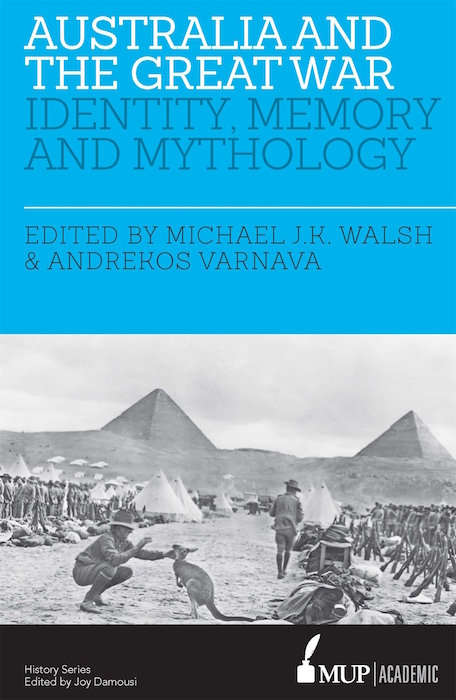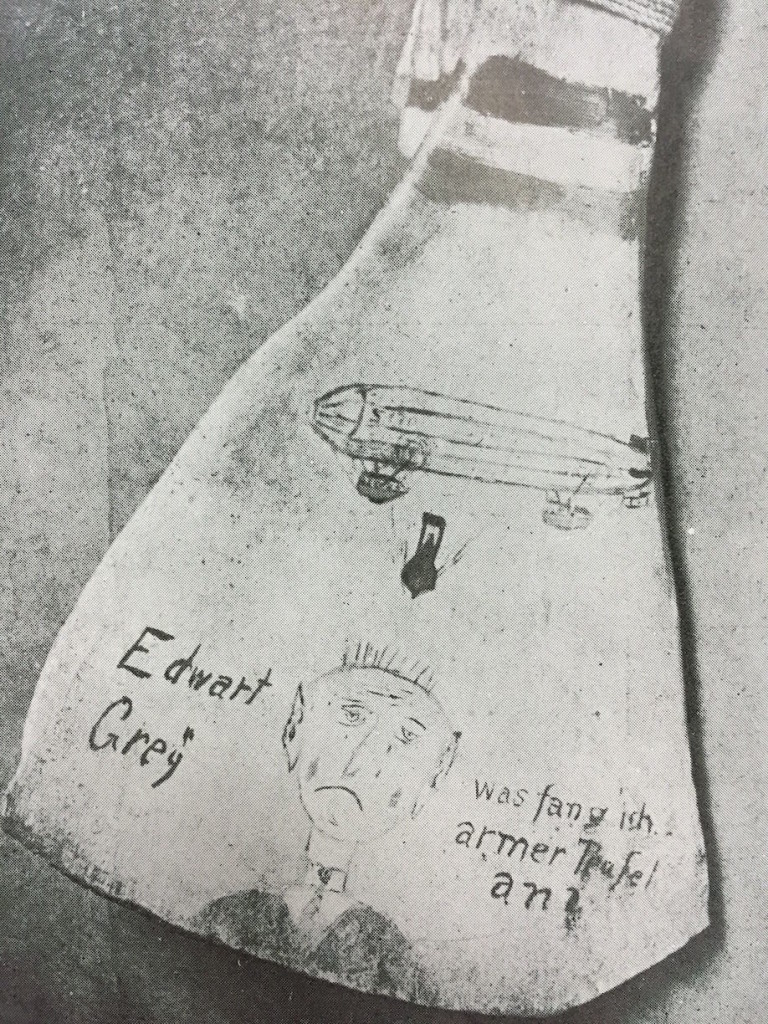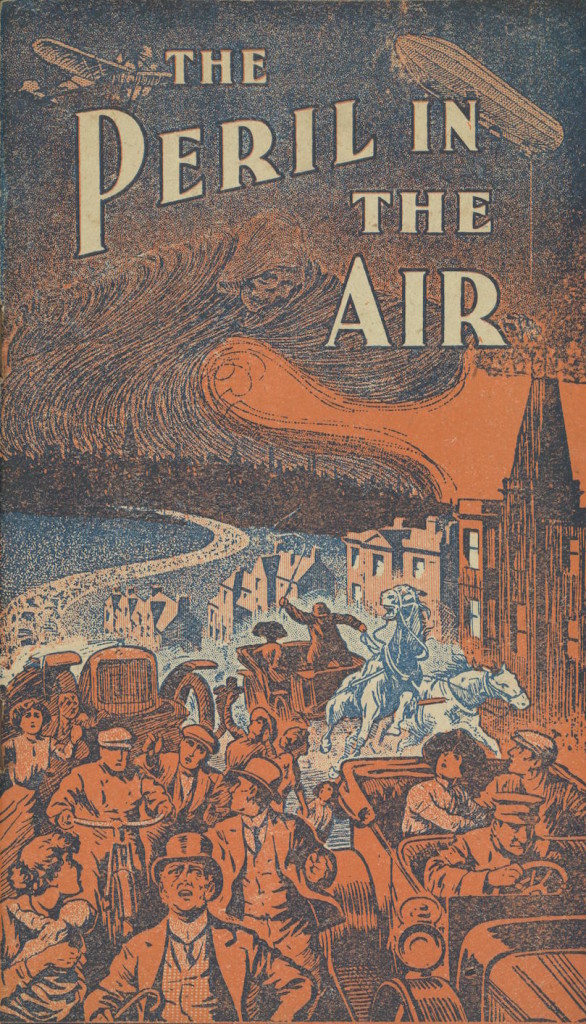Publication: ‘The enemy at the gates’
I have a new publication out — at least, it’s out electronically, I haven’t seen a physical copy yet! It’s a chapter in a collection published by Melbourne University Press and edited by Michael J. K. Walsh and Andrekos Varnava, Australia and the Great War: Identity, Memory and Mythology. My chapter is entitled ‘The enemy […]




